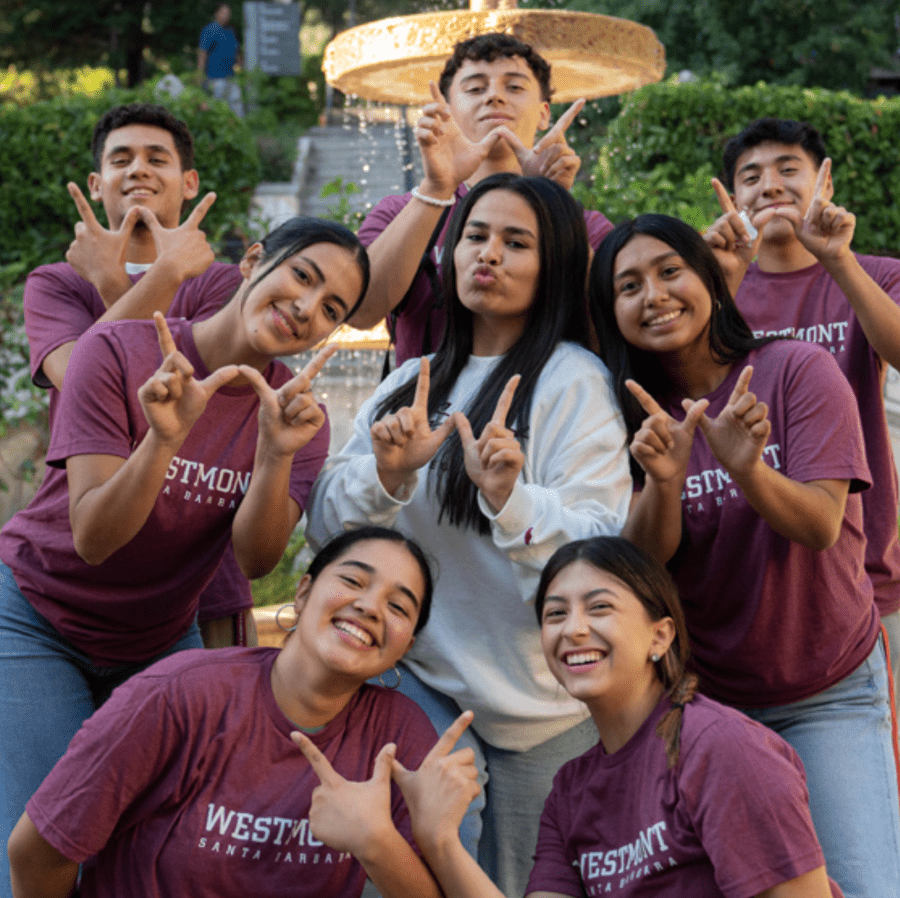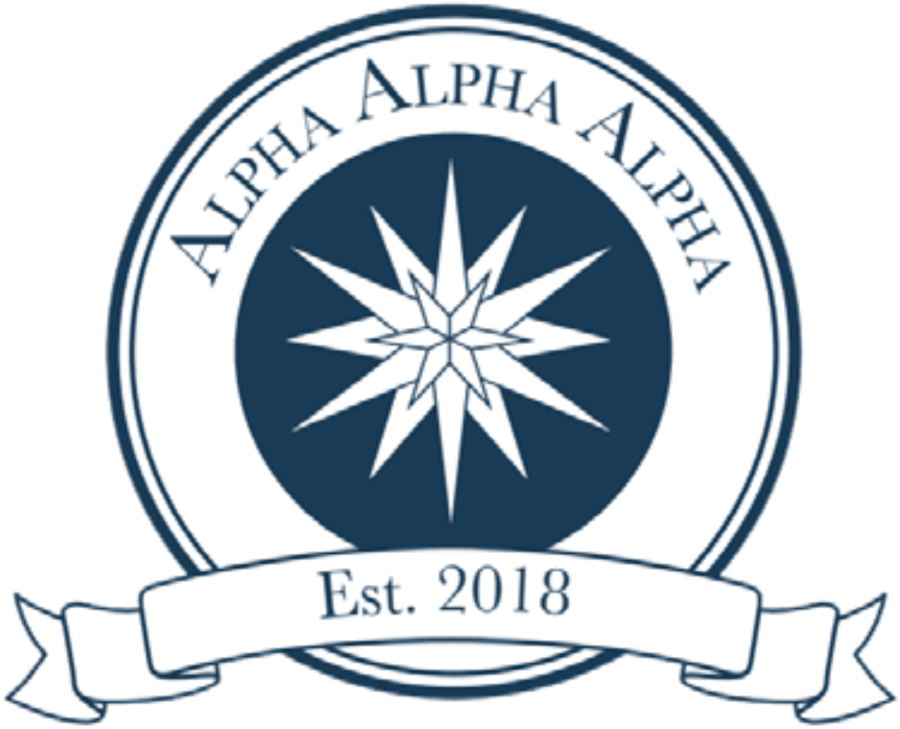Magazine Fall 2023 EMERGING EFFORT to Serve Hispanic Students
With more than 23 percent of students identifying as Latino or Hispanic, Westmont has become an Emerging Hispanic-Serving Institution. Local partnerships, improved outreach efforts and the addition of several key employees have helped the college achieve this designation.
“Westmont is nearing the 25 percent undergraduate enrollment threshold it needs to be recognized as a Hispanic-Serving Institution (HSI), which allows us to apply for a federal Title V grant,” says Araceli Espinoza, assistant director of admissions.
The college works with local nonprofits and school districts to recruit underrepresented, first-generation students, including: Santa Barbara Unified School District’s Program for Effective Access to College (PEAC; see the related story on page 38); Mission Scholars; and REACH (Resilience, Education, Adventure, Community and Health).
“These local partnerships increased our enrollment of Santa Barbara students from 24 to 51 this year, with 27 identifying as Hispanic/ Latino,” Espinoza says.
“PEAC has scheduled campus visits for students interested in the Westmont Downtown | Grotenhuis Nursing program to learn about scholarships available to those on the fast track from Westmont to the nursing program,” Espinoza says. “We expect many nursing students to stay in Santa Barbara after they graduate to serve and give back to their community.”
The James S. Bower Foundation approved a $500,000 grant in 2021 toward creating the PEAC Nursing Fellowship. Jacqueline Hernandez, a Santa Barbara resident and Cal State Channel Islands graduate, is the first person from Santa Barbara Unified to receive this fellowship.
In November, more than 200 people attended the second annual “Affording Your Dream College,” which helps local students and parents develop financial literacy. “We introduced speakers from Montecito Bank and Trust and the Bower Foundation to inspire participants while guiding them to any college or university they wish to attend,” Espinoza says.
Once students enroll at Westmont, faculty and staff mentors ease their transition and help them find community on campus. “Student success is rooted in a sense of community and establishing relationships with people they identify with,” says Brenda Tirado, transfer, multicultural and international admissions counselor. “We’ve developed a strategic plan to be recognized as an HSI.”
Irene Neller, vice president for enrollment, marketing and communications, has established Westmont’s first Hispanic Advisory Board and is recruiting local community leaders and alums to help the college become an HSI. Her vision for this initiative results from her experience as one of a handful of Hispanic students entering college in the mid-1980s. “Our Santa Barbara community needs to encourage and reach students and families with the message that their dreams for college can come true,” Neller says. “This collective effort with many partners will lead to Westmont’s achieving recognition as a Hispanic-Serving Institution.”
Westmont has launched its own chapter of Alpha Alpha Alpha, a national honor society for first-generation students. Tri-Alpha inductees must complete 30 credit hours and achieve a GPA of at least 3.2 on a 4.0 scale. In addition, neither their parents, step- parents nor guardians can have completed a bachelor’s degree.

